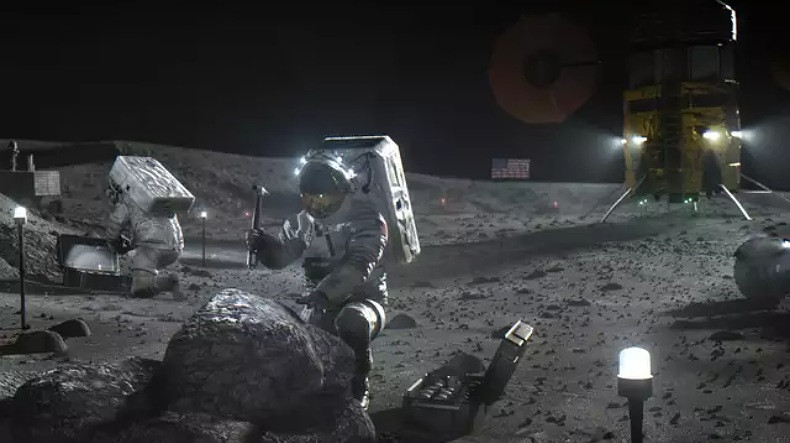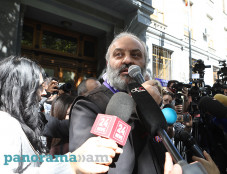
Nasa outlines plan for first woman on Moon by 2024
The US space agency (Nasa) has formally outlined its $28bn (£22bn) plan to return to the Moon by 2024, BBC News said.
As part of a programme called Artemis, Nasa will send a man and a woman to the lunar surface in the first landing with humans since 1972.
But the agency's timeline is contingent on Congress releasing $3.2bn for building a landing system.
Astronauts will travel in an Apollo-like capsule called Orion that will launch on a powerful rocket called SLS.
Speaking on Monday afternoon (US time), Nasa administrator Jim Bridenstine said: "The $28bn represents the costs associated for the next four years in the Artemis programme to land on the Moon. SLS funding, Orion funding, the human landing system and of course the spacesuits - all of those things that are part of the Artemis programme are included."
But he explained: "The budget request that we have before the House and the Senate right now includes $3.2bn for 2021 for the human landing system. It is critically important that we get that $3.2bn."
The US House of Representatives has already passed a Bill allocating $600m towards the lunar lander. But Nasa will need more funds to develop the vehicle in full.
Mr Bridenstine added: "I want to be clear, we are exceptionally grateful to the House of Representatives that, in a bipartisan way, they have determined that funding a human landing system is important - that's what that $600m represents. It is also true that we are asking for the full $3.2bn."
In July 2019, Mr Bridenstine told CNN that the first woman astronaut to walk on the Moon in 2024 would be someone "who has been proven, somebody who has flown, somebody who has been on the International Space Station already". He also said it would be someone already in the astronaut corps.
At the time of this interview, there were 12 active woman astronauts. They have since been joined by five other female Nasa astronauts who graduated from training earlier this year. But it remains unclear whether they can fulfil the criteria in time to fly on the first landing mission in 2024.
Newsfeed
Videos






























